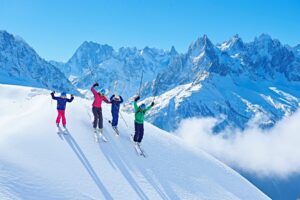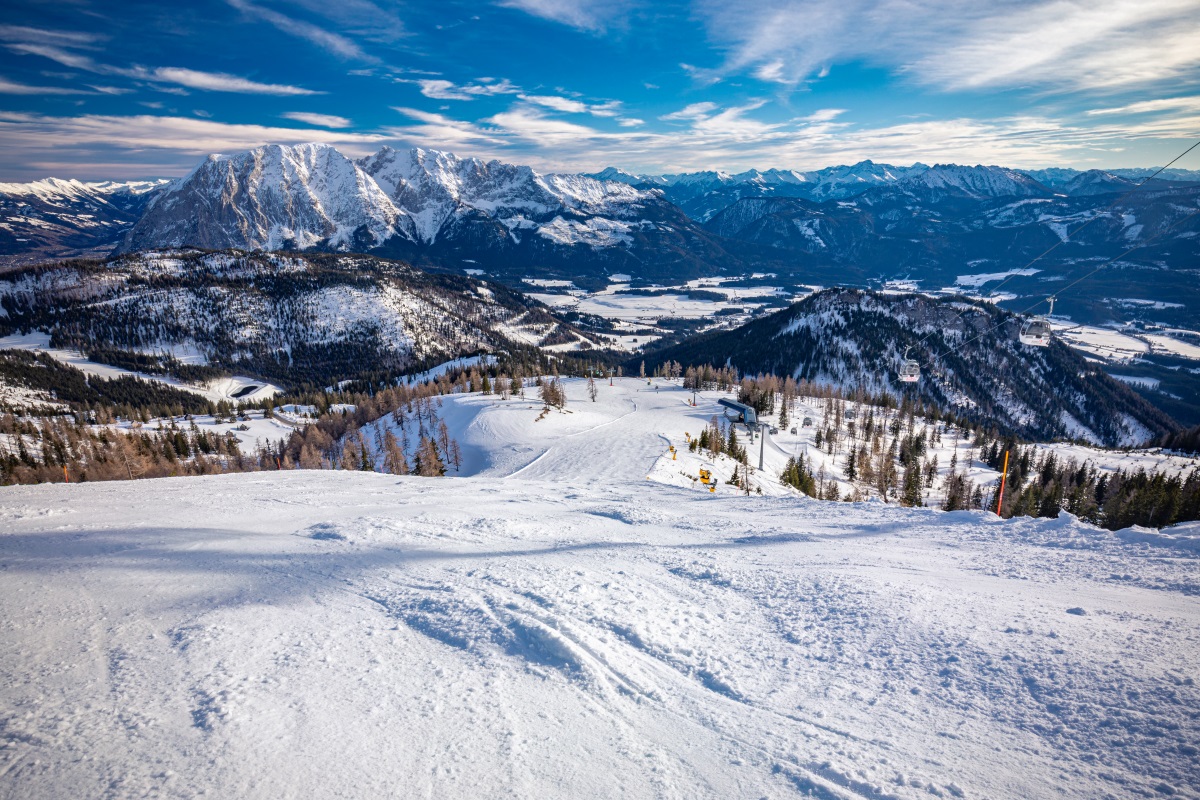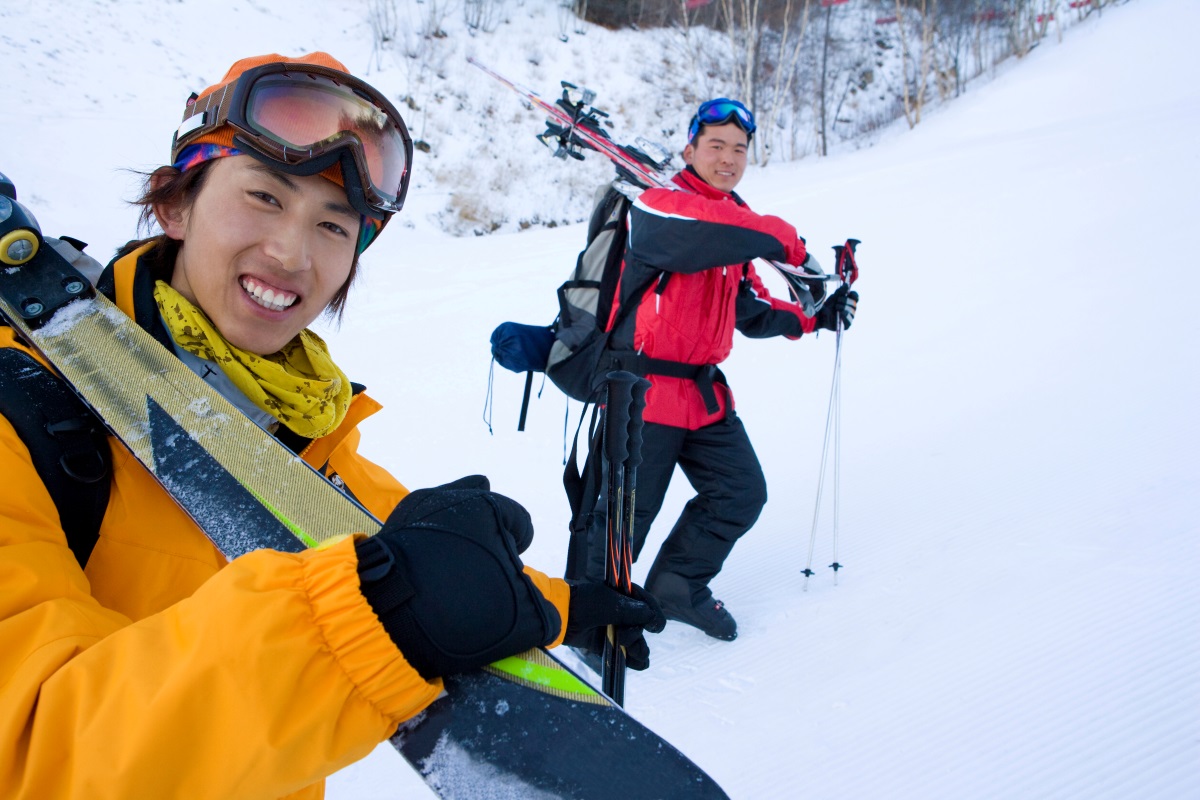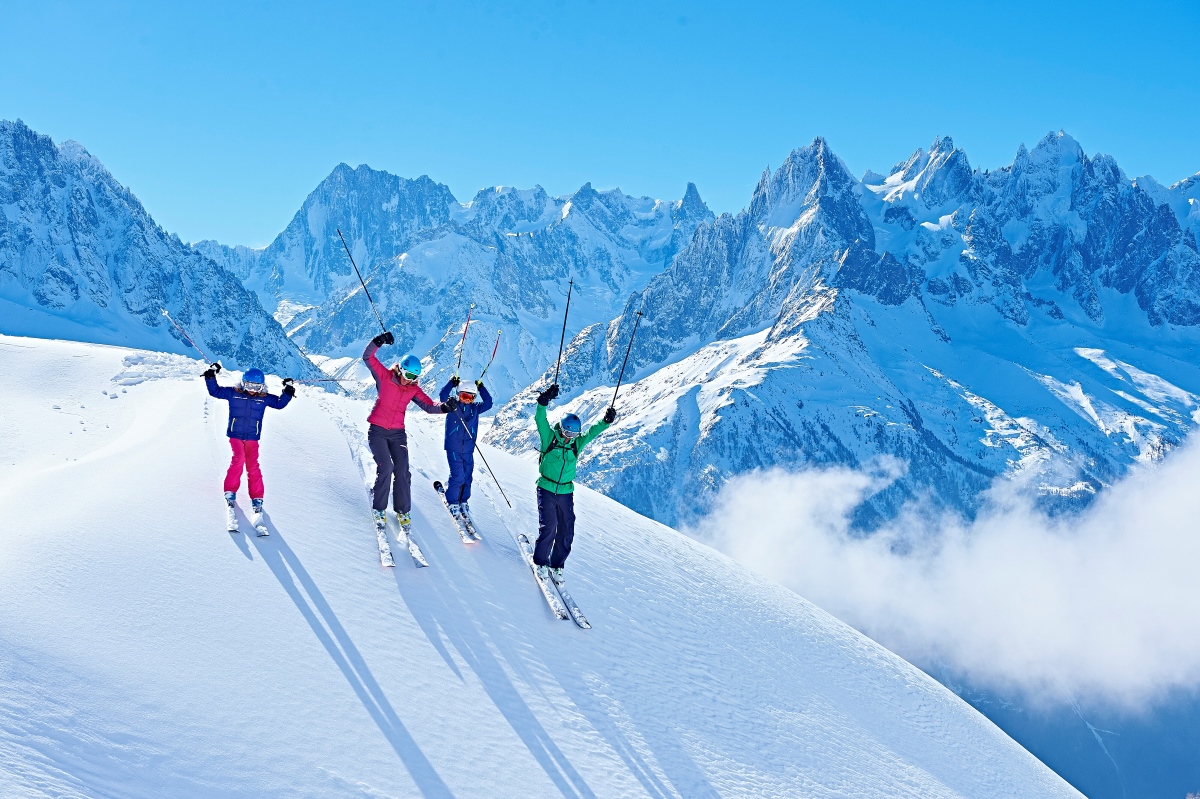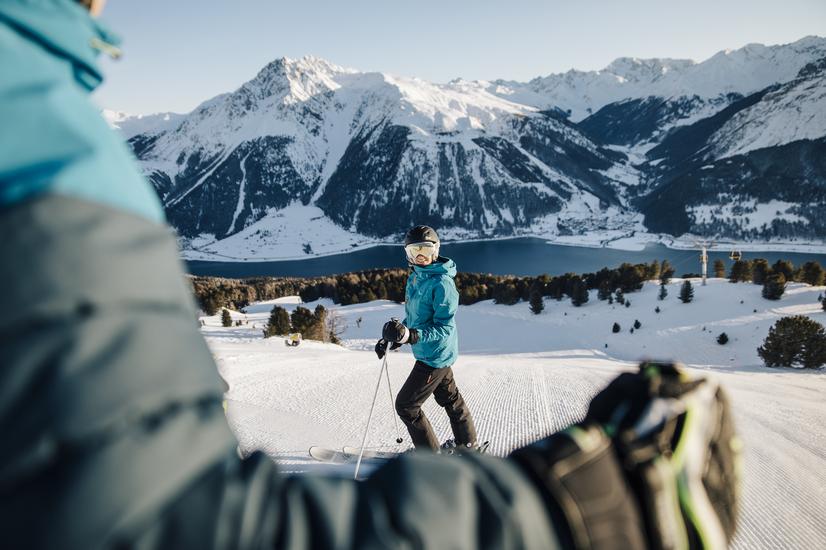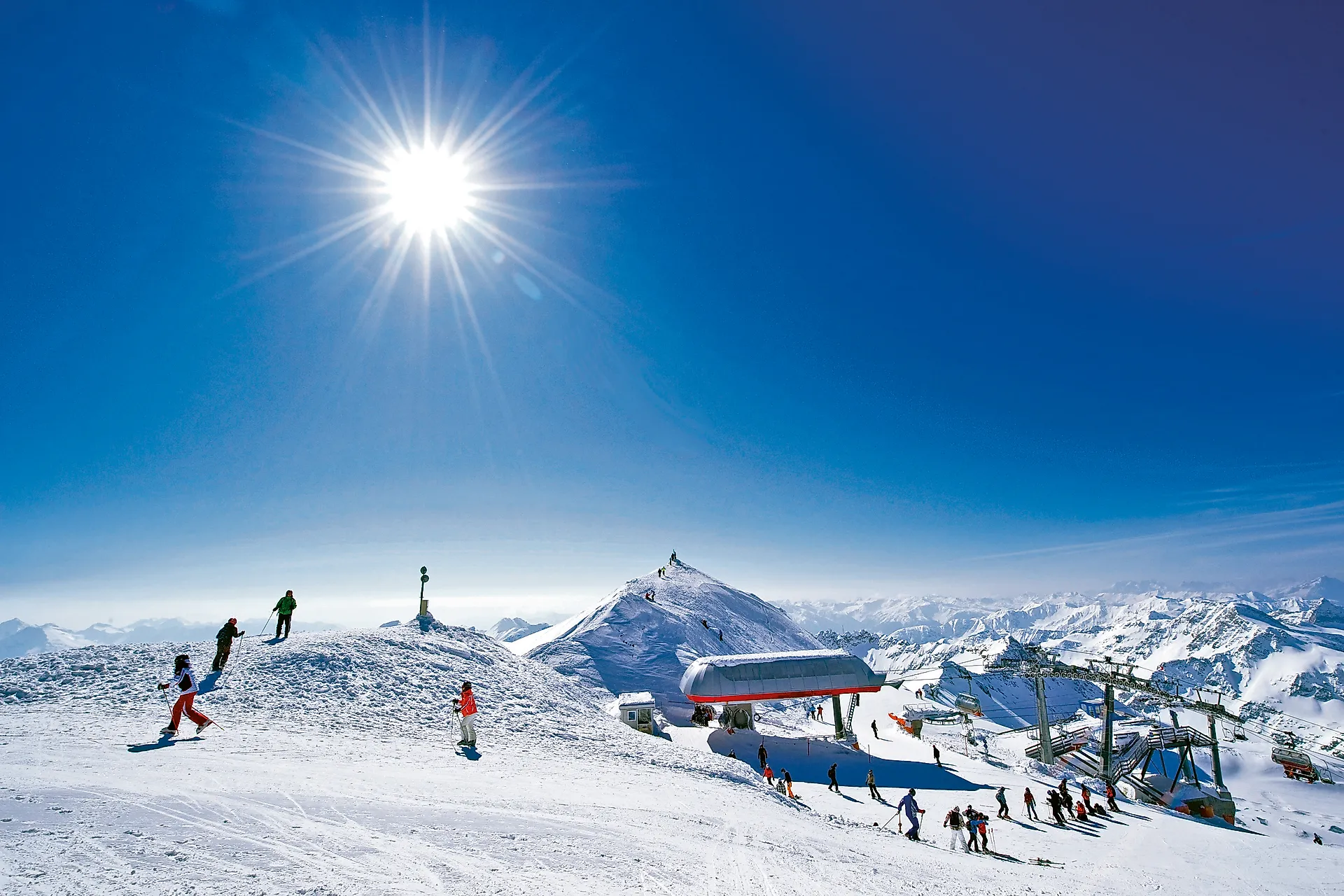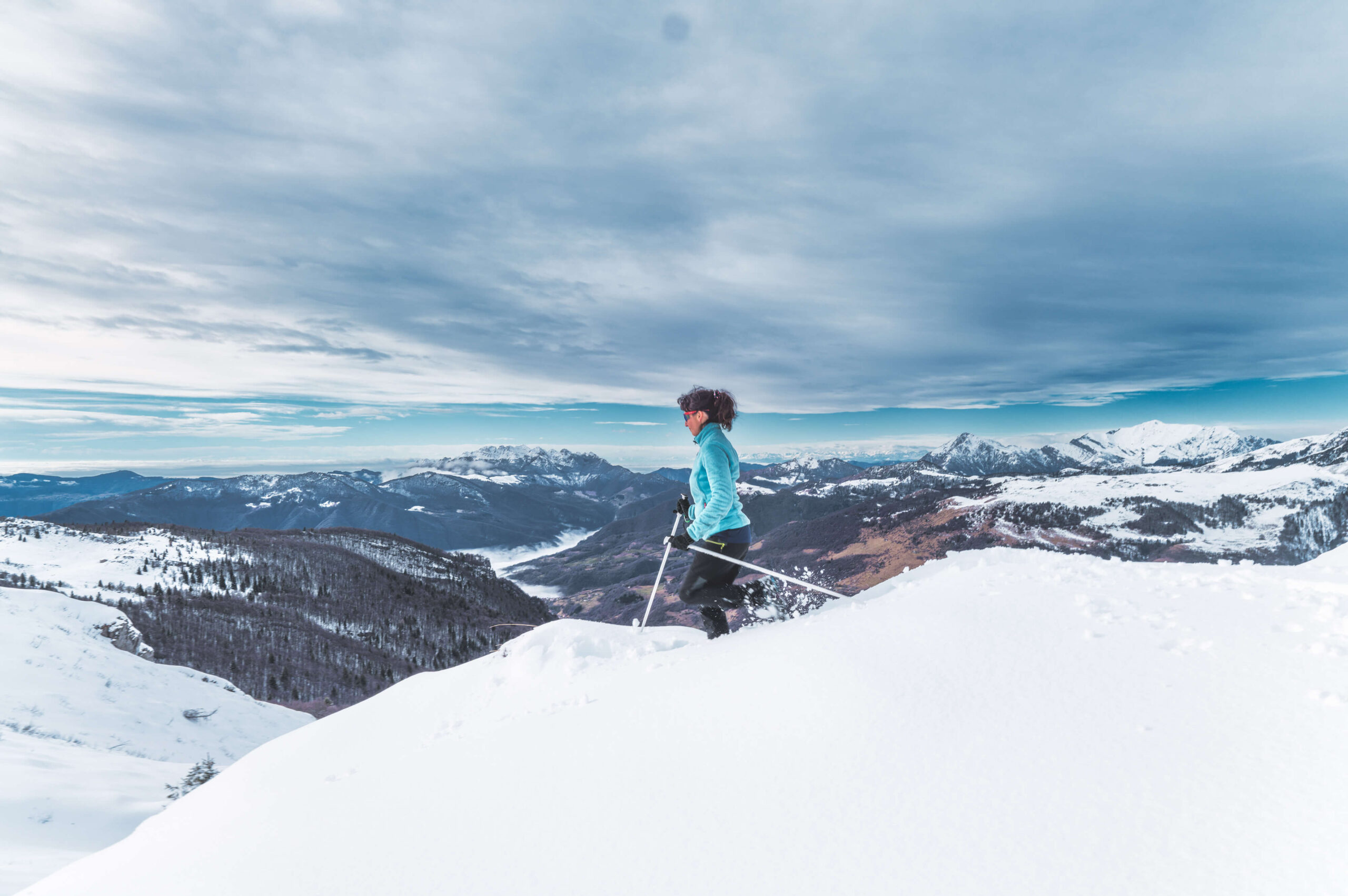
Skiing in the Alps is a dream for many winter sports enthusiasts, but nothing can spoil that dream faster than overcrowded slopes and long lift queues. The good news is that with careful planning and insider knowledge, you can experience the majesty of Alpine skiing without the masses. This guide will help you navigate the complex calendar of European school holidays and local festivities to find those perfect, peaceful moments on the slopes.
Understanding Peak Times in Alpine Resorts
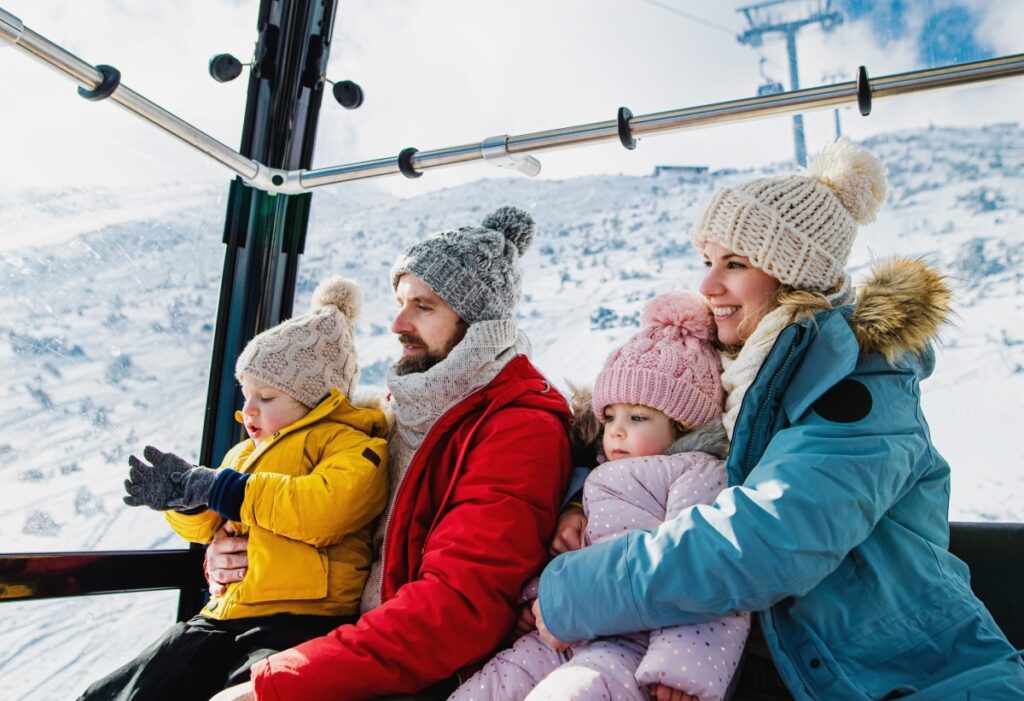
The rhythm of Alpine ski resorts follows a predictable pattern, driven by school holidays and traditional festivities. While this might seem like a simple matter of avoiding obvious holiday periods, the reality is more complex due to overlapping holiday schedules across different European countries. Understanding these patterns is key to planning your perfect ski getaway.
The busiest periods in Alpine ski resorts typically coincide with:
- Christmas and New Year holidays
- School winter breaks (varying by country and region)
- Carnival period (late February to early March)
- Easter holidays
- Local public holidays
By avoiding these peak times and targeting quieter periods, you can enjoy shorter lift queues, more space on the slopes, and a more relaxed atmosphere in the resorts.
Best Times to Visit by Country
Italy
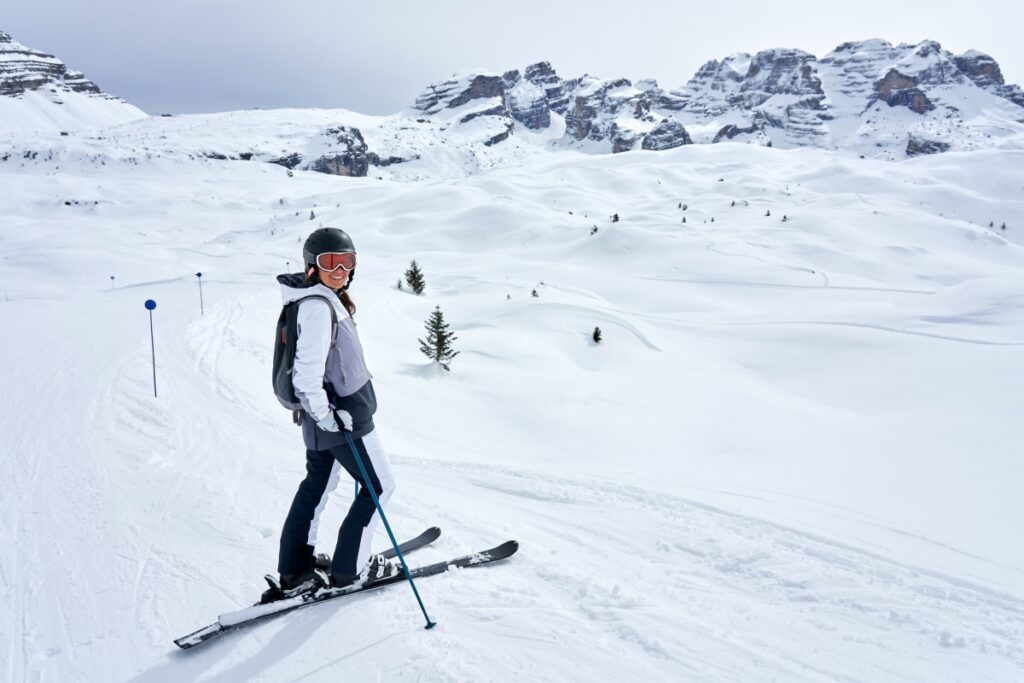
Italian ski resorts have a unique charm that sets them apart from their Alpine neighbors. While French and Austrian resorts often attract massive crowds with their extensive linked ski areas, Italian resorts tend to maintain a more relaxed atmosphere. This doesn’t mean they’re always quiet, but the opportunities for peaceful skiing are more frequent. Timing your trip carefully can make all the difference.
Optimal periods:
- Early January (after 7th): Perfect conditions with fewer tourists after the holiday rush.
- First half of February: Before the Carnival rush begins.
- March (after Carnival): Excellent snow conditions in the Dolomites and fewer visitors.
- Late April: Spring skiing opportunities in high-altitude resorts.
Avoid:
- Carnival week (late February/early March 2025): A popular time for families to hit the slopes.
- Easter period (17–22 April 2025): Resorts can get busy with holidaymakers.
Switzerland
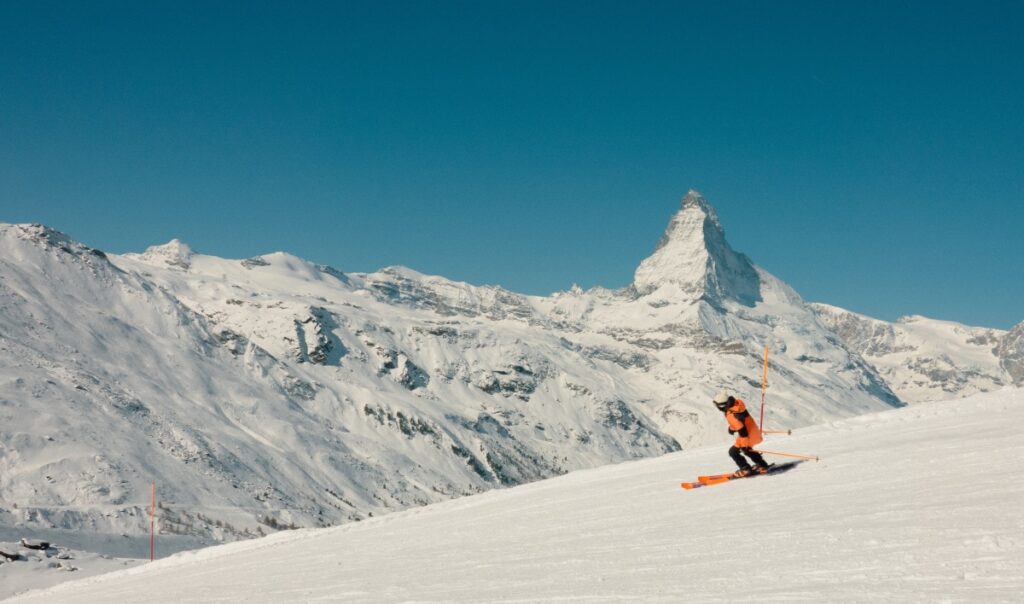
Switzerland’s reputation for precision extends to its ski resort management. The country’s system of staggered canton holidays helps distribute crowds more evenly throughout the season, but this also means you need to be more strategic in your planning to find the quietest periods. Swiss resorts are known for their high quality, but they can also be among the busiest during peak times.
Best times to visit:
- Mid-January: After the holiday season rush, when slopes are quieter.
- March (after 10th): Fantastic conditions with fewer visitors as school holidays wind down.
- Late April: Great for high-altitude resorts like Zermatt and Saas-Fee.
- May (for glacier skiing): Perfect for dedicated skiers looking for spring snow.
Peak periods to avoid:
- February (entire month): Swiss school holidays make this the busiest time of the season.
- Easter weekend (18–21 April 2025): Resorts fill up with families enjoying the long weekend.
Austria
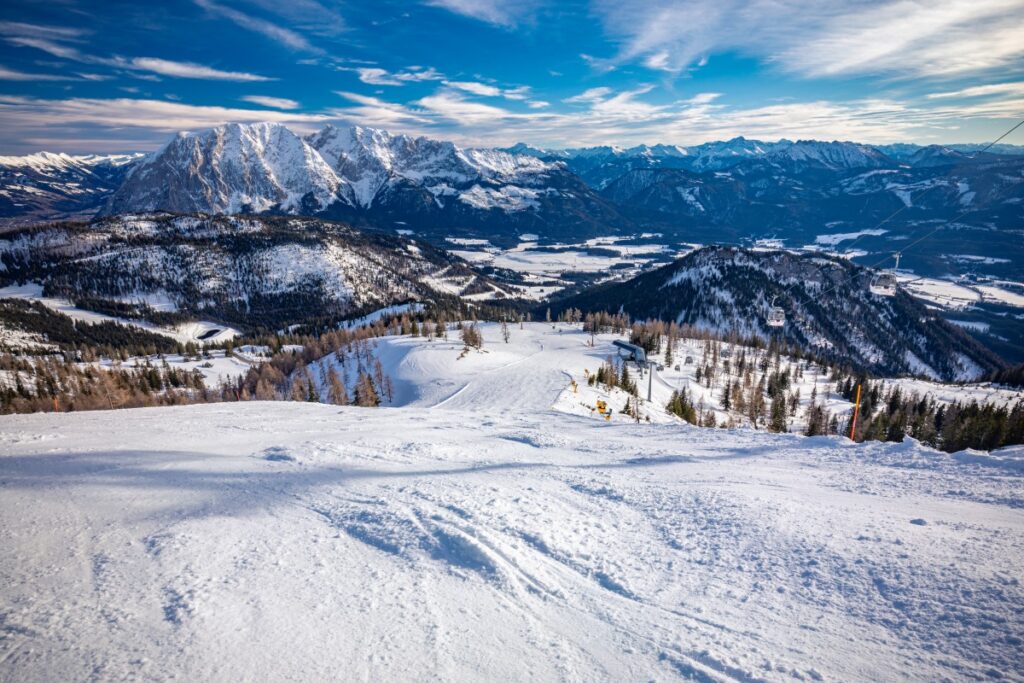
Austrian ski resorts offer a perfect blend of traditional Alpine charm and modern efficiency. While the country’s resorts are justifiably popular, there are several sweet spots in the calendar when you can enjoy world-class skiing without the crowds that typically flock to these well-loved slopes.
Quieter periods:
- Early to mid-January: After the New Year rush, slopes are quieter.
- March (after 10th): A great time to ski with fewer crowds and excellent snow conditions.
- Late April (post-Easter): Resorts in high-altitude areas like Tyrol and Vorarlberg still offer great skiing.
- Early May (glacier areas): Perfect for spring skiing enthusiasts.
Busy times to avoid:
- February (especially 3–22 February 2025): Semesterferien (school holidays) bring large crowds.
- Easter holidays (12–22 April 2025): Resorts are packed with families.
France
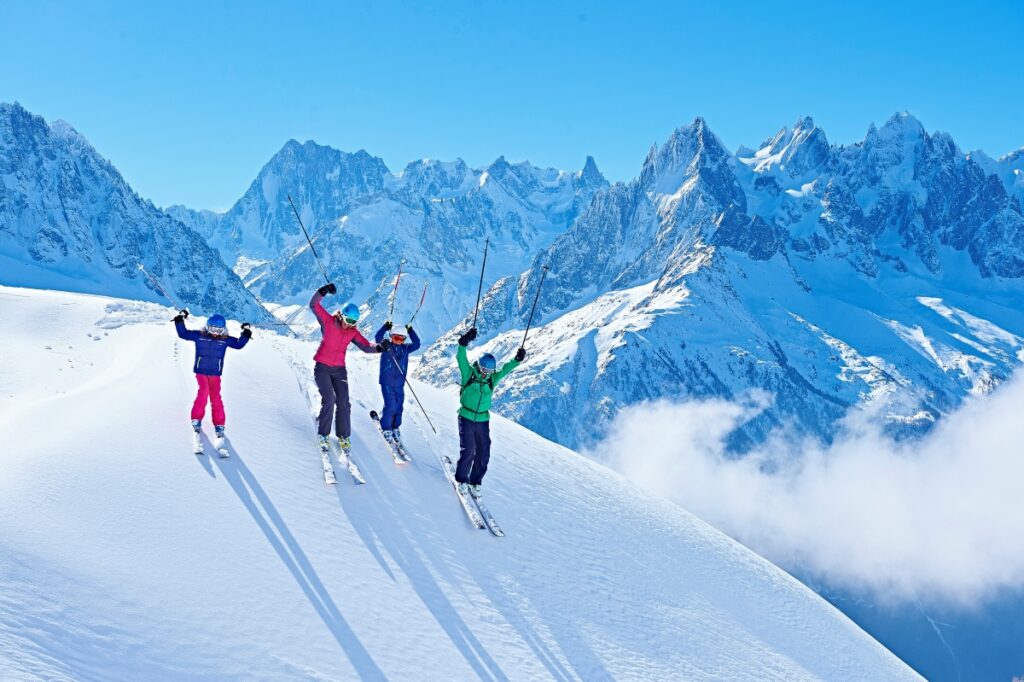
French ski areas are renowned for their extensive, interconnected pistes and high-altitude skiing. This popularity comes at a price – they can be incredibly busy during peak periods. However, with careful timing, you can experience these magnificent resorts at their peaceful best.
Recommended timing:
- January (after 7th): A quiet period with excellent snow conditions.
- March (after 10th): After the school holidays end, slopes are less crowded.
- Late April: High-altitude resorts like Val Thorens and Tignes still offer great skiing.
- Early May: Glacier skiing opportunities in select resorts.
Avoid:
- February (entire month): French school holidays across all zones make this the busiest time of the season.
- Early April: Easter holidays bring families to the slopes.
Spring Skiing Opportunities: May Bank Holiday
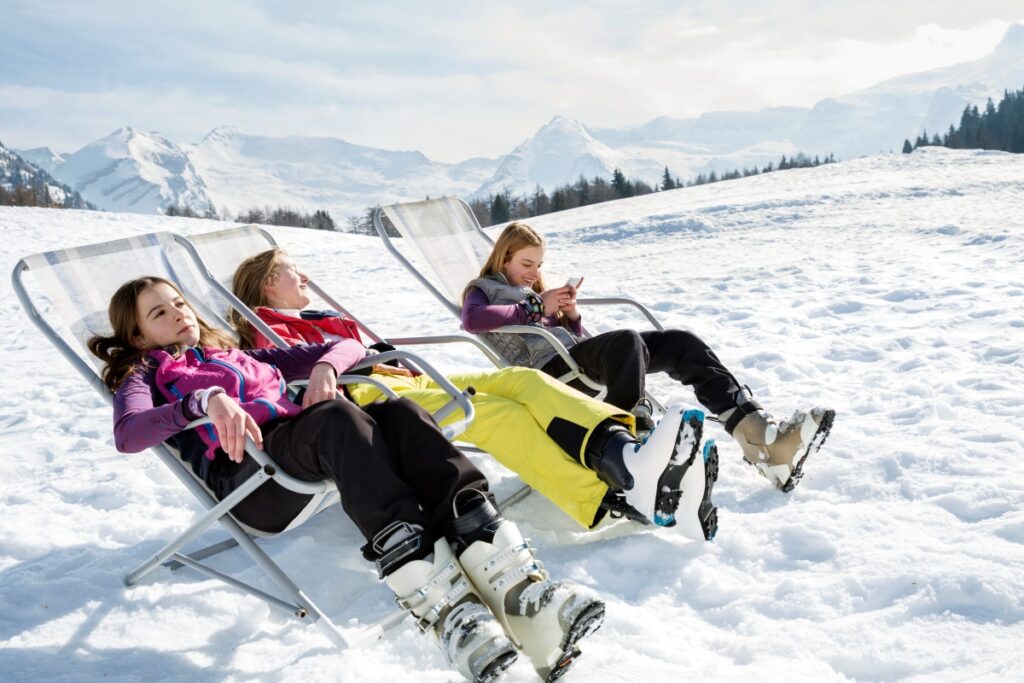
While most skiers are turning their thoughts to summer activities, savvy snow enthusiasts know that May can offer some of the year’s best skiing experiences. The combination of longer days, warmer temperatures, and dramatically reduced crowds creates perfect conditions for those in the know. Glacier skiing in May is one of the Alps’ best-kept secrets.
Top glacier destinations for May skiing:
- Zermatt (Switzerland): Open year-round with excellent spring conditions.
- Hintertux (Austria): A 365-day ski destination with reliable snow.
- Val d’Isère-Tignes (France): Usually open until early May, offering great spring skiing.
- Cervinia (Italy): Spring skiing on Plateau Rosa with stunning views.
Advantages of May skiing:
- Minimal crowds
- Lower accommodation prices
- Longer daylight hours
- Pleasant temperatures
- Combined ski and summer activities
- Often excellent morning snow conditions
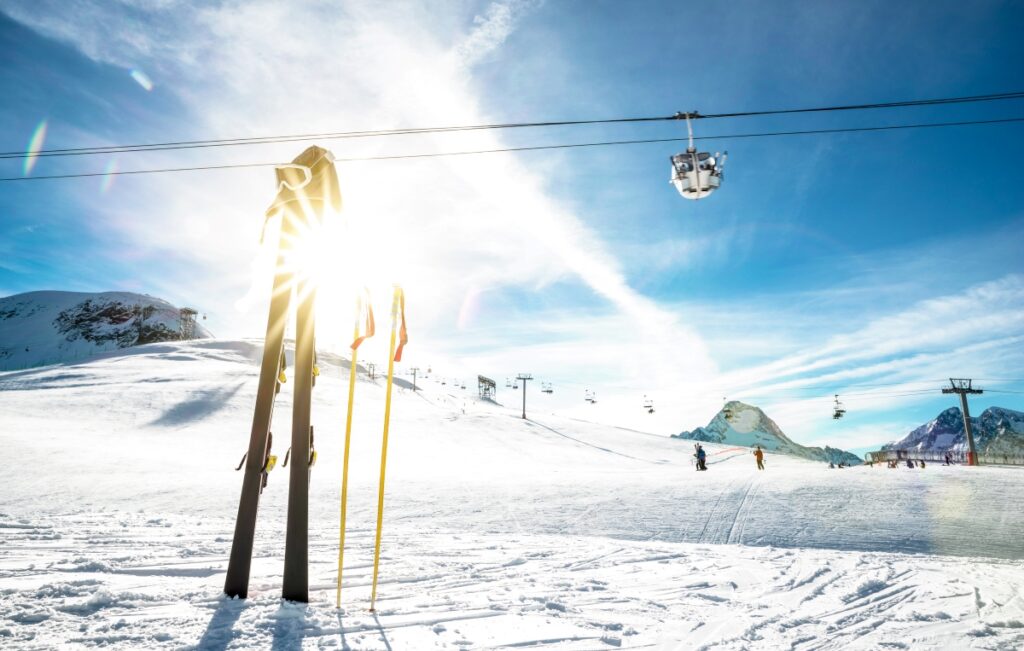
Pro Tips for Avoiding Crowds
The art of avoiding crowds in Alpine ski resorts goes beyond simply choosing the right dates. It’s about understanding the rhythm of the mountains and making smart choices about when and where to ski. These insider tips come from years of experience and observation of skiing patterns across the Alps.
- Choose lesser-known resorts near popular destinations for a quieter experience.
- Avoid school holiday dates from major European countries.
- Consider high-altitude or glacier resorts for early or late-season skiing.
- Book early morning or late afternoon ski sessions during peak periods to enjoy quieter slopes.
Conclusion
Finding the perfect time to ski in the Alps is a delicate balance between good snow conditions, favourable weather, and minimal crowds. While it might require more planning and flexibility, the reward of carving turns on uncrowded slopes makes it all worthwhile. The key is to think strategically and sometimes be willing to ski when others aren’t – whether that’s in early January, mid-March, or even during the surprising conditions of May glacier skiing.
Remember that weather conditions and snow quality can vary yearly, so always check current conditions before booking. Additionally, booking well in advance for these optimal periods is recommended, as savvy skiers often target these dates. With careful planning and the insights shared in this guide, you can experience the magnificent Alpine slopes at their peaceful best.
Don’t forget to register for our newsletter and download our Skipasseo TOP 20 Skiresorts for Magical Christmas and NYE.


